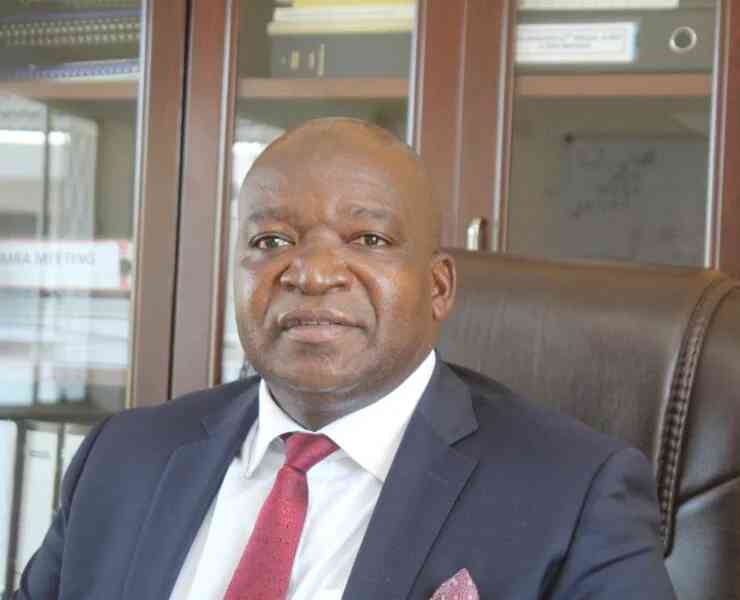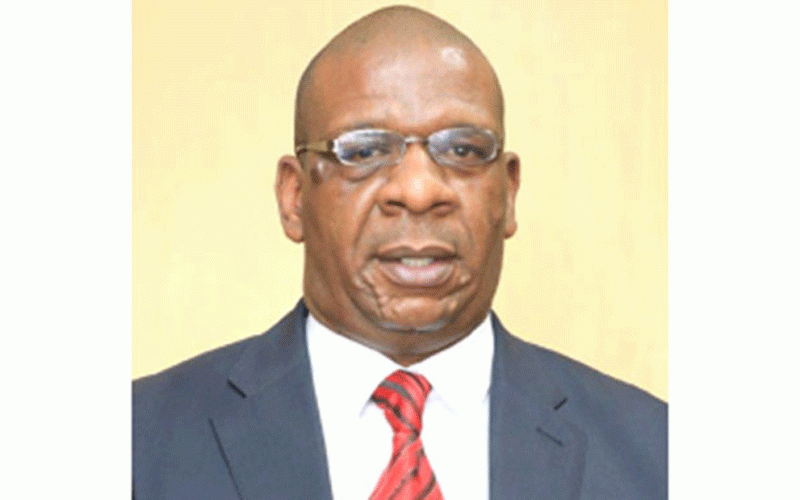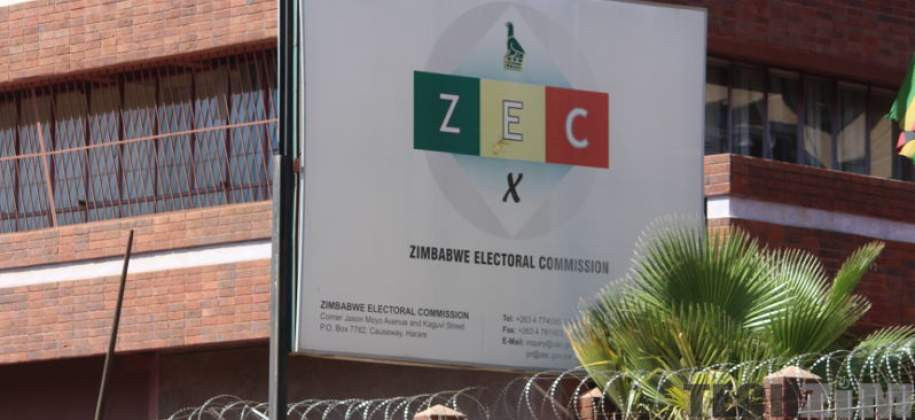
SHOCKING consequences of protracted blackouts emerged this week, with Zimbabwe’s biggest mines disclosing that up to US$500 million in potential revenue had been lost due to frequent down times.
Mining industry executives ratcheted pressure on state power utility, Zesa, to take decisive actions in order to protect over 30 000 workers employed in the sector.
The sector contributes about 12% to gross domestic product and ships commodities that make up 80% of Zimbabwe’s exports annually.
In a State of the Mining Sector Report released on Wednesday by the Chamber of Mines of Zimbabwe (CoMZ), miners said upheavals in the industry had been compounded by what they see as the region’s highest power tariffs.
“Analysis of survey data show that the mining industry is estimated to have lost around US$500 million of potential revenue due to output losses arising from power outages,” the report said.
It estimated that production had also crashed by 6% as a result of forex shortages.
“All respondent executives (to the State of the Mining Sector Report) underscored the need to prioritise mining companies for available power to minimise production stoppages and output losses,” the report noted.
“Almost all respondents indicated that power outages were resulting in production stoppages and output losses.”
- Mines propose fresh power import deal
- Motorist robbed while relieving self
- Mines propose fresh power import deal
- System Tazvida’s grave vandalised
Keep Reading
It was the first time that a major sector disclosed the depth of troubles being exerted on the economy by the power crisis.
In several interviews with the Zimbabwe Independent in August, chief executives officers (CEOs) of several business lobbies said losses triggered by the power crisis were far worse than what had been projected last year, after aggressive power tariff hikes by Zesa.
CoMZ CEO Isaac Kwesu told the Independent at the time that so deep were the upheavals that some mines had abandoned expansion projects.
Farmers said they were seriously looking into the viability of some crops, as they battled to stay afloat, with economists hinting growth targets were in danger.
Zimbabwe has since trimmed 2024 growth targets to 2%, from an initial 5,3% forecast in December last year.
Volatilities have been compounded by a brutal drought that has wiped out over 80% of the crop in some regions.
The drought has hit generation capacity at Zimbabwe’s 1 050 megawatt (MW) power facility on Lake Kariba, after water levels dropped by wide margins.
The 920MW Hwange thermal power plant, refurbished at a cost of US$1,5 billion last year, has struggled to satisfy demand.
This week, the CoMZ disclosed that about 76% of executives polled in the survey said they were losing up to 10% of their production potential, while 24% indicated they were losing more than 10% of production potential as a result of the crisis.
The staggering loss underscores the urgent need for Zimbabwe to tackle the energy crisis, according to experts.
Many areas are experiencing up to 16 hours of power cuts daily, disrupting businesses and daily activities.
According to the report, the mining industry is currently consuming approximately 600MW of power.
In the outlook for 2025, the industry’s electricity demand is expected to increase by about 18% to around 700MW, while diesel consumption is expected to increase by 12%, as firms turn to generators for electricity.
The CoMZ said most respondents to the survey indicated that the current electricity tariff framework was suboptimal.
“Survey findings show that mining executives are generally concerned about the high electricity tariff, which is pegged at USc14,21/KWh, with a peak tariff of around USc19/KWh,” the report said.
“They also indicated that during power outages they resort to diesel powered generators which are expensive to run and have an implied tariff exceeding USc30/kwh.”
In terms of tariff tolerance, about 93% of mining executives indicated that they would accommodate a tariff of less than USc10/kwh, while 7% indicated that they would tolerate a tariff of above USc10/kwh but not exceeding USc13/kwh.
The mining executives said the government should incentivise private power projects, including tax incentives, to support investments in independent power projects. They said power utility Zesa should release mining companies from long-term power supply contracts, allowing them to source alternative power from private independent providers.
“Most mining companies reported that they were facing foreign currency shortfalls to import critical inputs for production as well as procuring local inputs which are predominantly priced in foreign currency,” the report said.
“Analysis of survey data shows that foreign currency shortfalls have resulted in production losses averaging 6%,” it added.











